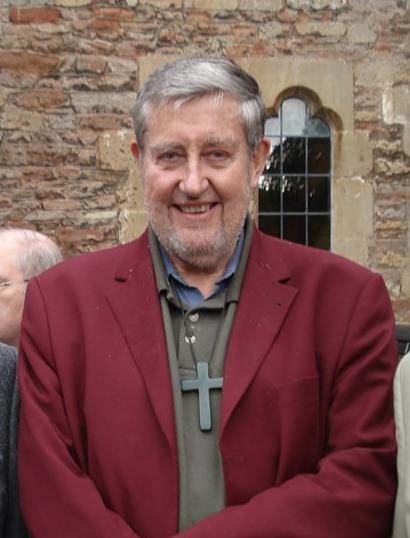BISHOP John Osmers was born in New Zealand in 1935. In 1958, inspired by Trevor Huddleston’s book Naught for your Comfort, he motorcycled through South Africa to learn about the apartheid system, and was encouraged by Fr Huddleston to offer himself for the priesthood.
He was trained at the College of the Resurrection, Mirfield, and served his title in Rawmarsh, near Huddersfield. In 1965, he went to Lesotho, a small mountain kingdom enclosed by South Africa. His first parish of Quthing had one tiny church; after eight years he was responsible for 70 congregations, many of which could be reached only on horseback.
John joined South Africa’s University Christian Movement. This had three main thrusts: opposing apartheid, supporting women’s rights, and rural development. He moved, in 1973, to Masite, a larger parish and the home of the contemplative Sisters of the Society of the Precious Blood.
In 1976, young South African exiles came into Lesotho, after the Soweto student uprising. John supported many of them through education; several would later hold positions in the post-apartheid government. This brought him into conflict with the South African authorities, who sent a bomb in a parcel of magazines which blew off his right hand and damaged his legs. He needed expert skin-grafting in London, and then returned to Masite.
The attack made him even more committed to his work: it must be worth while if the South African government wanted him dead because of it. The next year, while visiting friends in Europe, he was banned from Lesotho; the authorities were pressured by South Africa to prohibit his return.
In 1981, Archbishop Khotso Makhulu invited him to work in Botswana, and he remained a rural priest there until 1988, when he was warned that a South African death squad was looking for him. He fled to Zambia and became Chaplain to the African National Congress (ANC) in exile in its headquarters in Lusaka.
After ANC cadres returned to South Africa in 1991, he remained in Zambia to assist in Lusaka diocese, where he subsequently became treasurer, education secretary, and training chaplain. In these positions, he frequently visited the remote eastern area of the diocese, which, in 1995, became the new diocese of Eastern Zambia. He was elected unopposed as its first bishop.
When John retired in 2002, the diocese was largely self-supporting, with trained priests and evangelists, youth and Mothers’ Union workers, good governance at parish and diocesan level, and many sustainable community health and development projects.
He then spent five years as Acting Rector of St John’ s Seminary, Kitwe, then became an assistant bishop in Lusaka diocese with a ministry to refugees, especially Rwandans. He worked tirelessly to support their education, and there are many people in responsible posts around the world, thanks to John.
In 2010, he was appointed a Companion of Merit of New Zealand by the Queen for service to the Anglican Church. In 2016, Archbishop Thabo Makgoba decorated Bishop John with the Anglican Church of Southern Africa’s Archbishop’s Award for Peace with Justice.
The new diocesan centre in Eastern Zambia is named in his honour, and John spoke at its opening by President Edgar Lungu in April 2021. Bishop William Mchombo said that it was a comfort to the people of the diocese to have been able to welcome him on what was to be his final visit.
I have known John since 1998, when I became the World Mission Adviser for Bath & Wells diocese, which is linked with the Zambian Church. His devotion to others, his passion for linking individual salvation and social transformation, his quiet good humour, and his humility have inspired me and countless others.
Bishop William Mchombo said at his funeral service in Lusaka that “John was the epitome of selfless sacrificial leadership.”
At his memorial service in Christchurch Cathedral, New Zealand, it was said how strangely fitting it was that he had died on 16 June, Soweto Remembrance Day, an anniversary for which he had faithfully arranged a vigil every year. It was also the eve of World Refugee Day.

